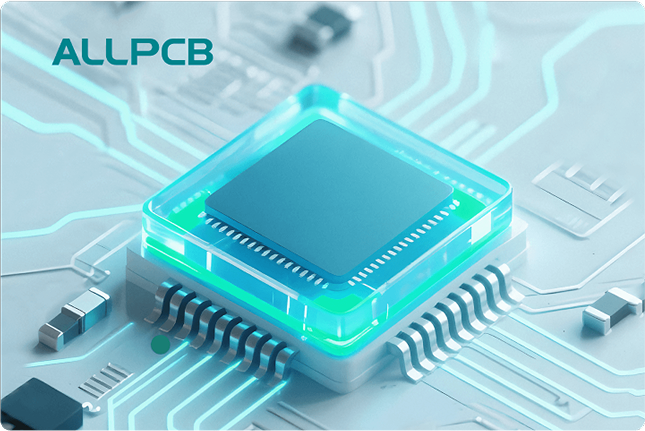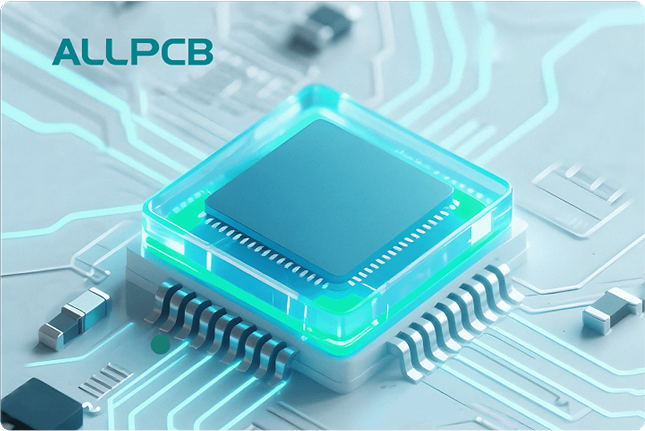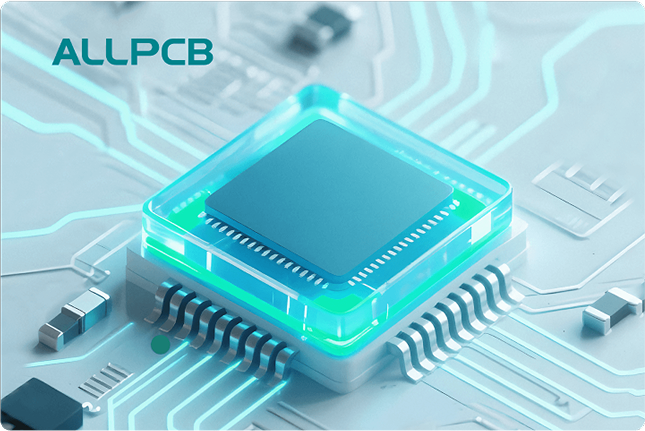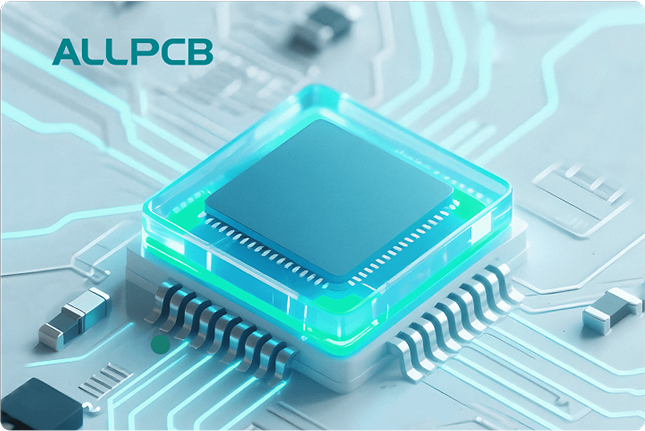If you're looking for the best solder mask application method for your printed circuit board (PCB) project, you're in the right place. The three primary techniques—screen printing, spray coating, and inkjet—each have unique strengths and weaknesses. Screen printing is the most traditional and widely used method, offering durability and cost-effectiveness for large runs. Spray coating provides uniform coverage and is ideal for complex board designs. Inkjet, a newer technology, excels in precision and is perfect for prototypes or small batches. In this comprehensive guide, we’ll dive deep into each method, compare their processes, and help you decide which fits your needs for solder mask application methods.
What Is a Solder Mask and Why Does It Matter?
A solder mask, also known as solder resist, is a thin protective layer applied to a PCB to insulate copper traces and prevent short circuits during soldering. It also shields the board from environmental factors like moisture and dust, ensuring long-term reliability. Typically, this layer is green, though other colors like blue, red, or black are available depending on aesthetic or functional needs. The application method you choose directly impacts the quality, cost, and efficiency of your PCB manufacturing process.
Understanding Solder Mask Application Methods
The solder mask process involves applying a polymer coating to specific areas of the PCB while leaving pads and vias exposed for soldering. The method used can affect the thickness, precision, and overall performance of the mask. Let’s explore the three main techniques—screen printing, spray coating, and inkjet—and see how they stack up in a solder mask process comparison.
1. Screen Printing Solder Mask: The Traditional Choice
Screen printing is the most established method for applying solder masks in PCB manufacturing. It uses a mesh screen with a stencil to apply the mask material onto the board. The process involves pushing ink through the screen onto the PCB surface, covering the areas that need protection while leaving designated spots open for soldering.
How It Works
The screen printing process starts with creating a stencil based on the PCB design. A photosensitive film or emulsion is applied to the screen, and the design is exposed to light to harden specific areas. The unhardened parts are washed away, leaving openings for the solder mask ink. The ink, often an epoxy-based liquid, is then spread across the screen with a squeegee, transferring it to the PCB. After application, the board is cured under heat or UV light to solidify the mask.
Advantages of Screen Printing
- Cost-Effective for High Volumes: Screen printing is economical for large production runs because the setup cost is spread across many boards.
- Durable Coating: It produces a thick, robust layer, typically 0.8 to 1.2 mils (20-30 micrometers), which offers excellent protection against wear and environmental stress.
- Widely Available: As a mature technology, most PCB manufacturers are equipped to handle screen printing, making it a reliable choice.
Disadvantages of Screen Printing
- Limited Precision: It struggles with fine-pitch designs or intricate patterns due to the limitations of stencil resolution, often failing below 0.3 mm spacing.
- Setup Time: Creating the stencil and setting up the screen can be time-consuming, making it less ideal for small runs or quick turnarounds.
- Material Waste: Excess ink can be wasted during the process, adding to costs for smaller batches.
2. Spray Coating Solder Mask: Uniformity for Complex Designs
Spray coating is a versatile method that applies solder mask material as a fine mist over the PCB surface. This technique uses specialized equipment to spray the liquid mask evenly, ensuring consistent coverage even on boards with complex geometries or dense component layouts.
How It Works
In spray coating, the solder mask material is atomized into tiny droplets and sprayed onto the PCB using a nozzle system. The board may be coated on one or both sides, depending on the design. After spraying, a curing process—often involving heat or UV light—hardens the mask. Some setups use automated systems to control thickness, which can range from 0.5 to 1.0 mils (12-25 micrometers), thinner than screen printing but still effective.
Advantages of Spray Coating
- Uniform Coverage: The spray method ensures an even layer across the entire board, reducing the risk of uneven thickness or missed spots.
- Suitable for Complex Designs: It handles intricate board layouts and fine details better than screen printing, making it ideal for modern, high-density PCBs.
- Faster Setup: Unlike screen printing, there’s no need for stencils, which speeds up the preparation phase for small to medium runs.
Disadvantages of Spray Coating
- Equipment Cost: The specialized machinery required for spray coating can be expensive, potentially increasing costs for manufacturers.
- Thinner Layers: While the thinner coating saves material, it may offer less durability compared to screen printing in harsh environments.
- Overspray Issues: Excess material can be wasted as overspray, and masking areas not meant to be coated requires additional steps.
3. Inkjet Solder Mask: Precision for Prototypes
Inkjet technology is the newest player in solder mask application methods, leveraging digital printing to apply the mask with pinpoint accuracy. It’s similar to how a regular inkjet printer works but uses specialized solder mask inks designed for PCBs.
How It Works
Inkjet systems use a digital file of the PCB design to guide the printer head, which deposits tiny droplets of solder mask ink only where needed. This eliminates the need for physical stencils or masks. After printing, the ink is cured using UV light or heat to form a solid protective layer, typically around 0.4 to 0.8 mils (10-20 micrometers) thick.
Advantages of Inkjet
- High Precision: Inkjet excels at fine-pitch designs, achieving resolutions as low as 0.1 mm, perfect for modern miniaturized electronics.
- No Setup Time: Since it’s a digital process, there’s no need for stencils or lengthy preparation, making it ideal for prototypes and small batches.
- Material Efficiency: Ink is applied only where needed, reducing waste compared to screen printing or spray coating.
Disadvantages of Inkjet
- Higher Per-Unit Cost: The specialized inks and equipment make inkjet more expensive for large production runs.
- Thinner Coating: The thinner layer may not provide the same level of durability as screen printing, potentially affecting long-term performance.
- Limited Availability: Not all manufacturers offer inkjet technology due to its relatively recent adoption in the industry.
Solder Mask Process Comparison: Which Method Suits Your Needs?
Choosing the right solder mask application method depends on your project’s specific requirements, including budget, board complexity, and production volume. Below is a detailed comparison to help you decide between screen printing, spray coating, and inkjet solder mask techniques.
| Criteria | Screen Printing | Spray Coating | Inkjet |
|---|---|---|---|
| Precision | Moderate (struggles below 0.3 mm) | Good (handles fine details better) | Excellent (down to 0.1 mm) |
| Thickness | Thick (0.8-1.2 mils) | Medium (0.5-1.0 mils) | Thin (0.4-0.8 mils) |
| Cost Efficiency | Best for large runs | Moderate for medium runs | Best for small runs/prototypes |
| Setup Time | Long (stencil creation) | Short (no stencil needed) | Very short (digital process) |
| Durability | High | Moderate | Lower |
| Best For | Mass production, standard designs | Complex layouts, medium runs | Prototypes, fine-pitch designs |
Factors to Consider When Choosing a Solder Mask Application Method
Here are some key considerations to guide your decision on solder mask application methods:
- Board Complexity: For high-density boards with tight spacing, inkjet or spray coating offers better precision than screen printing.
- Production Volume: If you’re producing thousands of boards, screen printing’s cost-effectiveness shines. For prototypes or small batches, inkjet saves time and resources.
- Durability Needs: If your PCB will face harsh conditions, the thicker layer from screen printing might be necessary. For less demanding applications, thinner coatings from spray or inkjet could suffice.
- Budget Constraints: Balance the upfront costs of equipment and setup against the per-unit cost, especially for smaller runs where inkjet might be more economical despite higher material costs.
- Turnaround Time: If speed is critical, spray coating or inkjet can get you from design to production faster due to minimal setup requirements.
Latest Trends in Solder Mask Application
As PCB technology evolves, so do solder mask application techniques. The industry is seeing a shift toward digital methods like inkjet due to the growing demand for miniaturization and precision in electronics. Additionally, environmentally friendly solder mask materials are gaining traction, with manufacturers developing low-VOC (volatile organic compound) inks for spray and inkjet processes. Automation is also playing a bigger role, with robotic systems improving consistency in spray coating applications.
Conclusion: Making the Right Choice for Your PCB Project
Selecting the best solder mask application method—whether screen printing, spray coating, or inkjet—depends on balancing precision, cost, and production needs. Screen printing remains the go-to for high-volume, standard designs due to its durability and affordability. Spray coating offers a middle ground with uniform coverage for complex boards. Inkjet stands out for prototypes and fine-pitch designs with its unmatched precision and quick setup. By understanding the strengths and limitations of each technique in this solder mask process comparison, you can optimize your PCB manufacturing process for quality and efficiency.
At ALLPCB, we’re committed to providing tailored solutions for your PCB needs, ensuring the right solder mask application method for every project. Whether you’re scaling up production or refining a prototype, our expertise helps you achieve reliable, high-performance results.
 ALLPCB
ALLPCB







